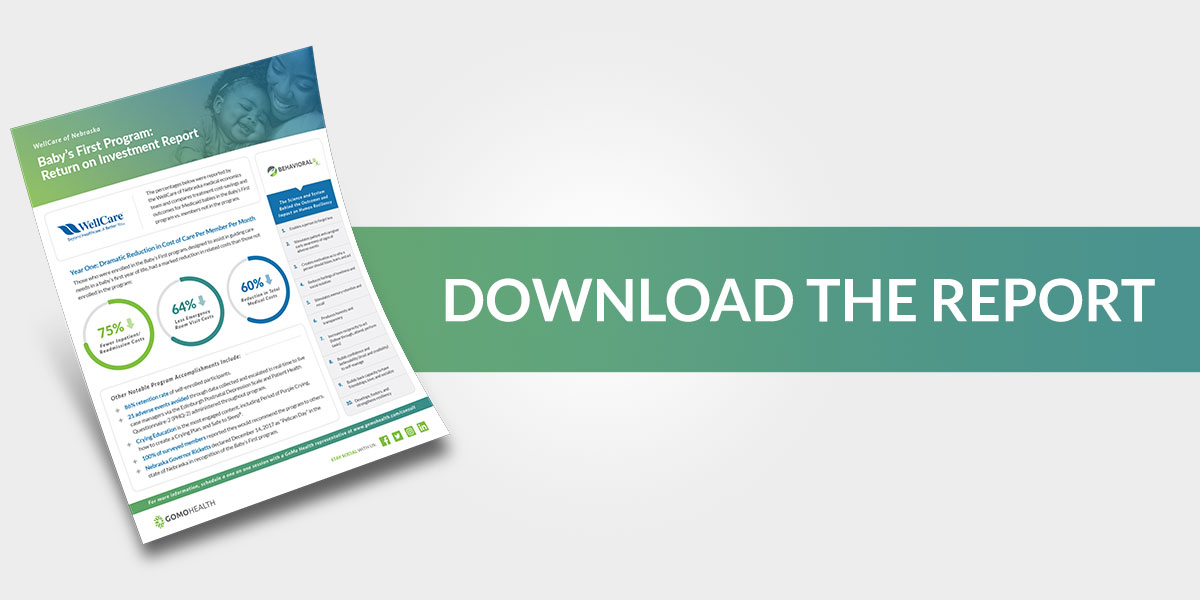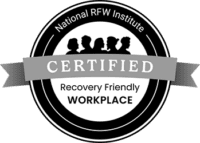7 Motherhood, Pregnancy, and Childbirth Trends of 2019
Maternal and child health is not the same as it was 100, 50, or even 10 years ago. Now, women are more empowered than ever before, with information about their bodies, their child, and their life as a mom. Trends in pregnancy, childbirth, and motherhood are constantly shifting. As maternal and child health changes so too must the healthcare organizations that support them.
Let’s explore some of the recent statistics, trends, and patterns within maternal and child health:
Women are champions for their own birth experience
In the past 5-10 years, women have become more active participants in their labor and delivery. Wanting to be more involved in their care, women are now able to give their opinions on how they would prefer their birthing experience to be. This patient-centered care model is becoming prevalent for hospitals and health systems.
Many new moms are on Medicaid
Medicaid currently finances ~45% of all births in the United States. That equates to 3.79 million births covered by Medicaid.
Archie and Isla are Best in Show for baby names (so far)
Thus far in 2019, Archie and Isla are the most popular girl and boy names. You may recognize the name Archie – that’s the name that The Duke and Duchess of Sussex named their baby boy this year.
Women are becoming mothers later in life
The median age at which women become mothers in the United States is 26, compared with 21 in 1970. This shift is caused by several factors, including the Great Recession, delays in marriage, a decrease in teen motherhood, and the participation of women in the labor force.
Family size is shrinking
Over the past 50 years, there has been a decline of the four-child family and the rise of the two-child family, according to the Pew Research Center.
Costs associated with having a baby are pretty high
The average cost of having a baby through a vaginal delivery is between $5,000 and $11,000. This includes the costs of childbirth, regular check-ups, tests, and prenatal care associated with pregnancy. State by state, the prices can vary. Alaska is the most expensive state to have a baby, and Alabama is the state with the lowest childbirth costs.
Most moms are working
Seven-in-ten moms with kids younger than 18 were in the labor force in 2017, up from 47% in 1975. Over 75% of those working moms are employed full-time. Not only that, but mothers are the primary breadwinners in 40% of households in the United States.
GoMo Health supports maternal and child health, including early childhood education, with custom solutions designed to support mom and baby through age 8. Learn more about our solutions for mom and baby below.







Find Us Online